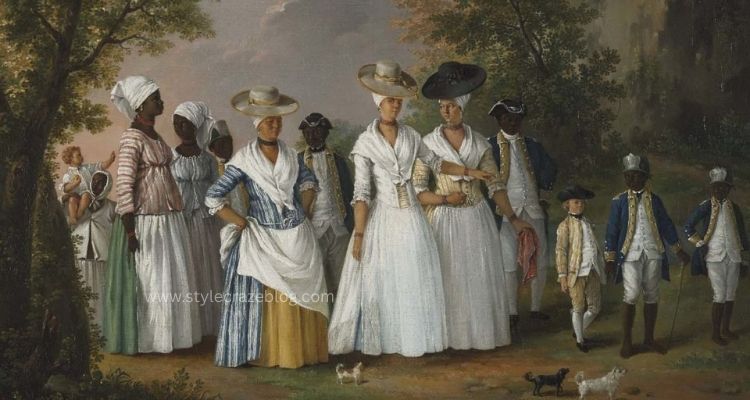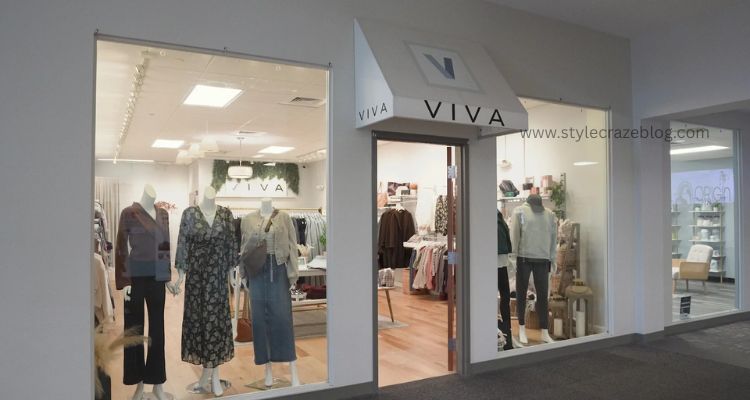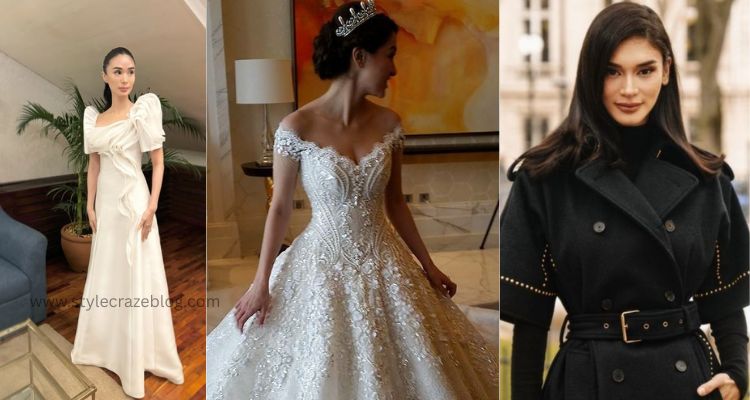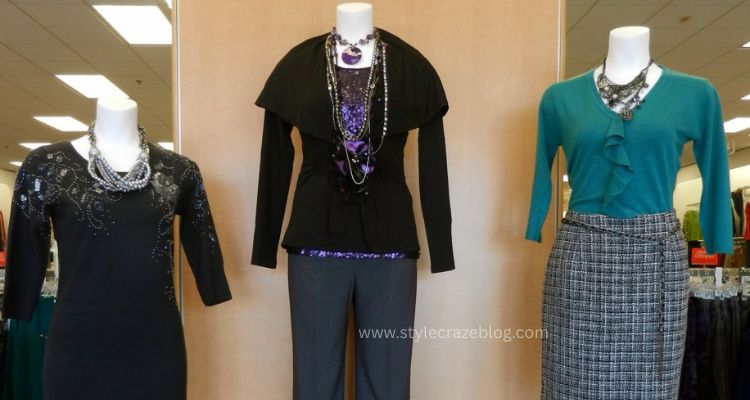When I first saw an 18th-century gown at a museum, That is the charm of 1700s fashion. I couldn’t believe how elaborate it looked. The florals, lace, and wide skirts spoke more than just style—they told a story of society and identity. It wasn’t only about beauty. It reflected class, culture, and influence across different parts of the world.
What Was Fashion Like in the 1700s?
So, what was fashion like in the 1700s? For the wealthy, it was extravagant. Women wore wide pannier skirts and silk gowns covered with embroidery. Men wore powdered wigs, embroidered coats, and stockings. On the other hand, common people dressed simply. Clothing was about survival and work.
This difference makes studying poor 1700s fashion fascinating. It shows how clothing reflected class. While the wealthy could afford luxury fabrics, ordinary workers wore linen and wool that lasted longer.
Who Influenced Fashion in the 1700s
You may wonder, who influenced fashion in the 1700s? The biggest source of inspiration came from European courts, especially France. Louis XIV and then Louis XV set the tone for grandeur. Aristocrats worked hard to imitate royalty.
However, fashion influence also spread through trade. Imports of silk from Asia and cotton from India changed garment styles. Later, the American colonies created their own version of 1700s attire, showing both practicality and European influence.
What Decade of Fashion Was the 1700s?
Another simple question is what decade of fashion was the 1700s about? The century actually hosted several changes. In the early part, clothing remained heavy and formal. By the mid-century, women’s gowns became softer with floral prints. By the late 1700s fashion shifted dramatically—think of Marie Antoinette’s towering hairstyles and lighter chemise dresses.
The end of the century reflected revolution. In France, elaborate styles gave way to simpler ones influenced by political change.
1700s Men’s Fashion
1700s mens fashion had its own drama. Men wore frock coats, waistcoats, and knee breeches. Lace cuffs and powdered wigs showed wealth. High-heeled shoes were not only for women; men wore them too as a symbol of status.
But style wasn’t always about luxury. In the countryside or colonies, men dressed plainly. They wore sturdy coats, leather boots, and tri-corner hats. My uncle once showed me a replica of a colonial man’s outfit—it was heavy, stiff, and nothing like our easy, modern clothes.
1700s Fashion in America
1700’s fashion in America mirrored Europe but with more practicality. Wealthy colonists imported fabrics and followed European trends. However, the working class stuck with linen shirts, aprons, and simple dresses. Native American attire also influenced colonial dress, especially in frontier areas.
Interestingly, politics began shaping clothing too. Wearing homespun garments became a statement of independence during the Revolution. Ordinary people used their dress to silently resist European dependence.
Poor 1700s Fashion
Not everyone dressed like nobility. Poor 1700’s fashion tells a humbler story. Women wore plain gowns of wool or homespun linen. Men often recycled old clothing from wealthier families or patched what they had. Footwear was simple, sometimes even handmade.
This side of fashion is rarely celebrated in movies, yet it is equally important. It highlights survival, practicality, and resilience in daily life.
Late 1700s Fashion: A Turning Point
By the late 1700’s fashion saw change again. The French Revolution rejected aristocratic excess. Clothing became simpler, inspired by classical styles. Women favored empire-style gowns, while men leaned toward plain coats.
To me, this shift is powerful. It shows how fashion responds to politics and emotions. What people wore mirrored the revolution itself.
Final Thoughts
1700’s fashion was not one simple style. It evolved through the century. From extravagant gowns in France to practical homespun dresses in America, it told stories of wealth, survival, and identity. 1700’s mens fashion showed status, while poor 1700’s fashion revealed resilience.
The next time you watch a film set in this era or step into a museum, look closely. Behind every wig, silk gown, or patched linen shirt, there’s a story worth remembering. And honestly, I find that the most fascinating part of exploring history—fashion makes it feel alive again.




